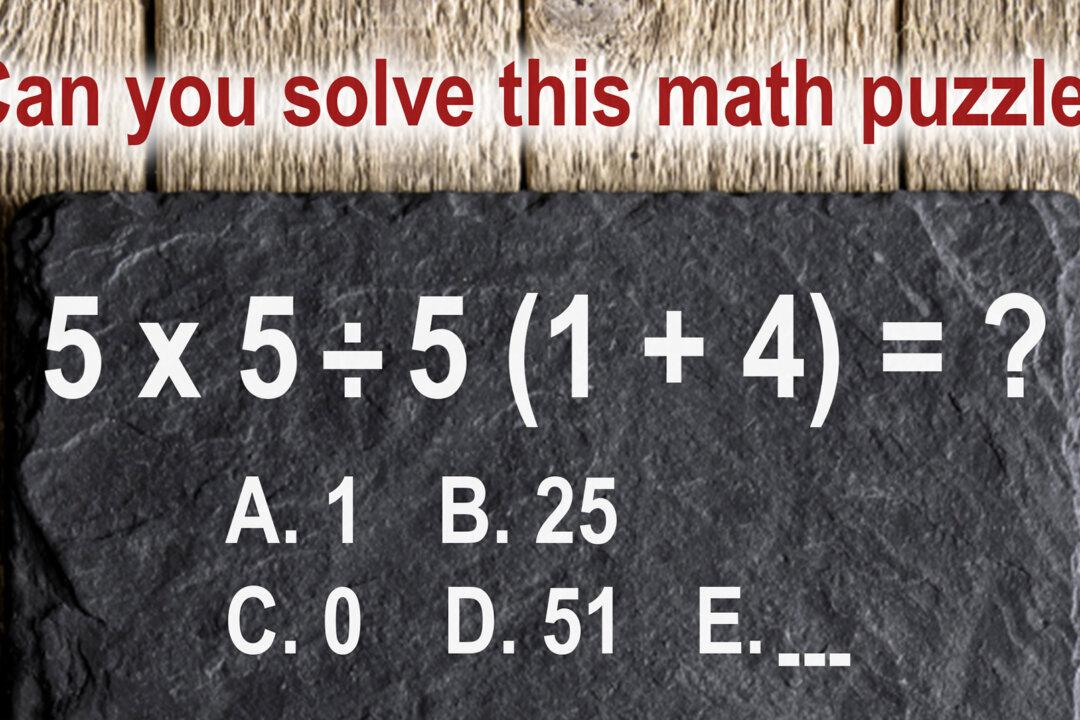There are plenty of ways to keep your brain active and engaged during the current lockdown, and a math challenge like this is one of them. Whether you’re already a math whiz or have let your mental arithmetic fall by the wayside since school, this is a puzzle you will surely find entertaining.
This equation, originally shared on Fun With Puzzles, will take you back to middle school math class with its seemingly simple components. But there’s a trick hiding beneath the surface of this equation; can you figure it out?





